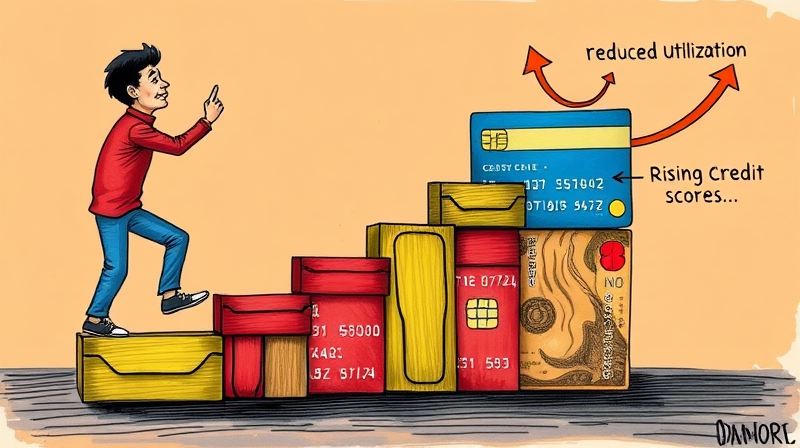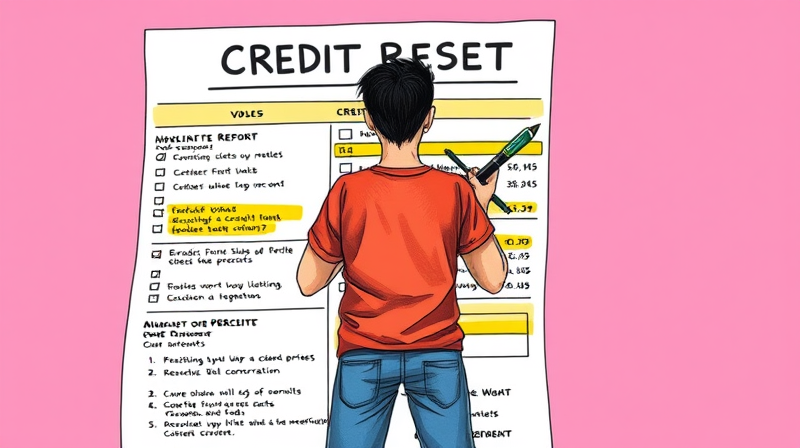
Embarking on the journey to rebuild credit can feel overwhelming. Yet, with careful research and determined action, many consumers discover that strategic negotiation holds surprising power. The concept of pay-for-delete invites individuals to take control of their credit narrative by engaging directly with collectors.
When approached thoughtfully, this method can remove burdensome markers from a report and open doors to renewed financial freedom.
Pay-for-delete is a negotiation strategy where a consumer offers payment—either in full or a settlement amount—in exchange for the creditor or collector removing a negative account entry from all major credit bureaus. This practice is not officially endorsed by law, but some agencies agree to these terms to recover funds otherwise unlikely to be collected.
By leveraging a written pay-for-delete agreement, individuals aim to transform a lingering blemish into a clean slate.
The process demands preparation, clear communication, and careful documentation. Begin by verifying the debt details, then reach out to the collection agency with a professional, concise proposal.
After payment, allow several weeks for the credit bureaus to process the deletion request. Follow up to confirm the item has been fully removed.
Despite its appeal, pay-for-delete operates in a legal gray area without clear enforcement. The Fair Credit Reporting Act (FCRA) mandates that credit reports remain accurate and complete, while the Fair Debt Collection Practices Act (FDCPA) prohibits misleading statements from collectors.
Collectors who promise deletion may still report accurate information, leaving consumers with limited recourse. Credit bureaus like Equifax, Experian, and TransUnion generally discourage removal of legitimate derogatory marks, meaning any agreement relies heavily on the collector’s willingness to comply.
An impactful letter is precise, polite, and contains all critical elements. Address the account clearly and show that you understand both parties’ interests. Keep a copy for your records.
By keeping communication formal and documented, you build a record that protects your interests and demonstrates your good-faith effort.
To understand the broader context of collections and credit impact, consider these numbers:
While pay-for-delete can yield meaningful improvements, it carries risks. Agreements may not be honored, payments can be wasted, and reports may only mark accounts as “paid” instead of deleting them entirely.
Before proceeding, explore alternatives such as disputing inaccuracies, seeking a goodwill adjustment for isolated late payments, or simply paying off debts to show a responsible payment history. Free credit counseling services and legal aid organizations can offer guidance without charging high fees.
Pay-for-delete is a powerful tool when approached with knowledge and caution. By negotiating with a collection agency, securing a written pay-for-delete agreement, and keeping thorough records of communication, you maximize your chances of removing harmful entries.
Though not a guaranteed path, this strategy can inspire hope and action. Armed with the right information and a proactive mindset, you stand ready to reshape your credit story and move toward lasting financial well-being.
References













